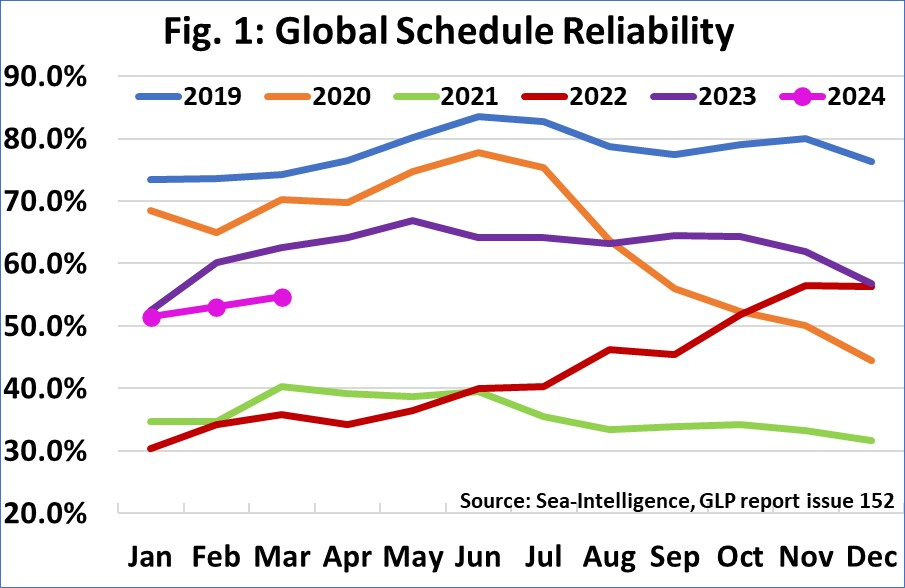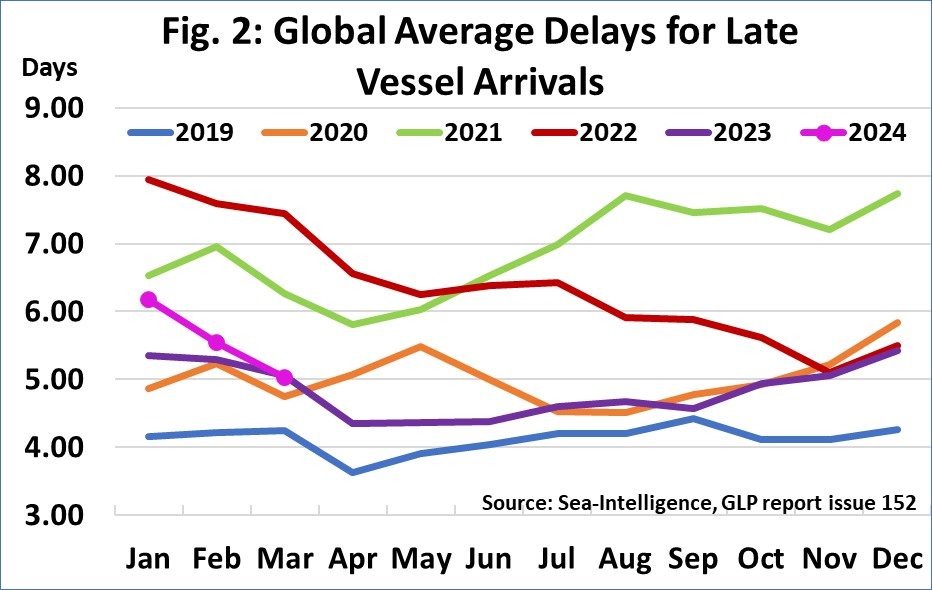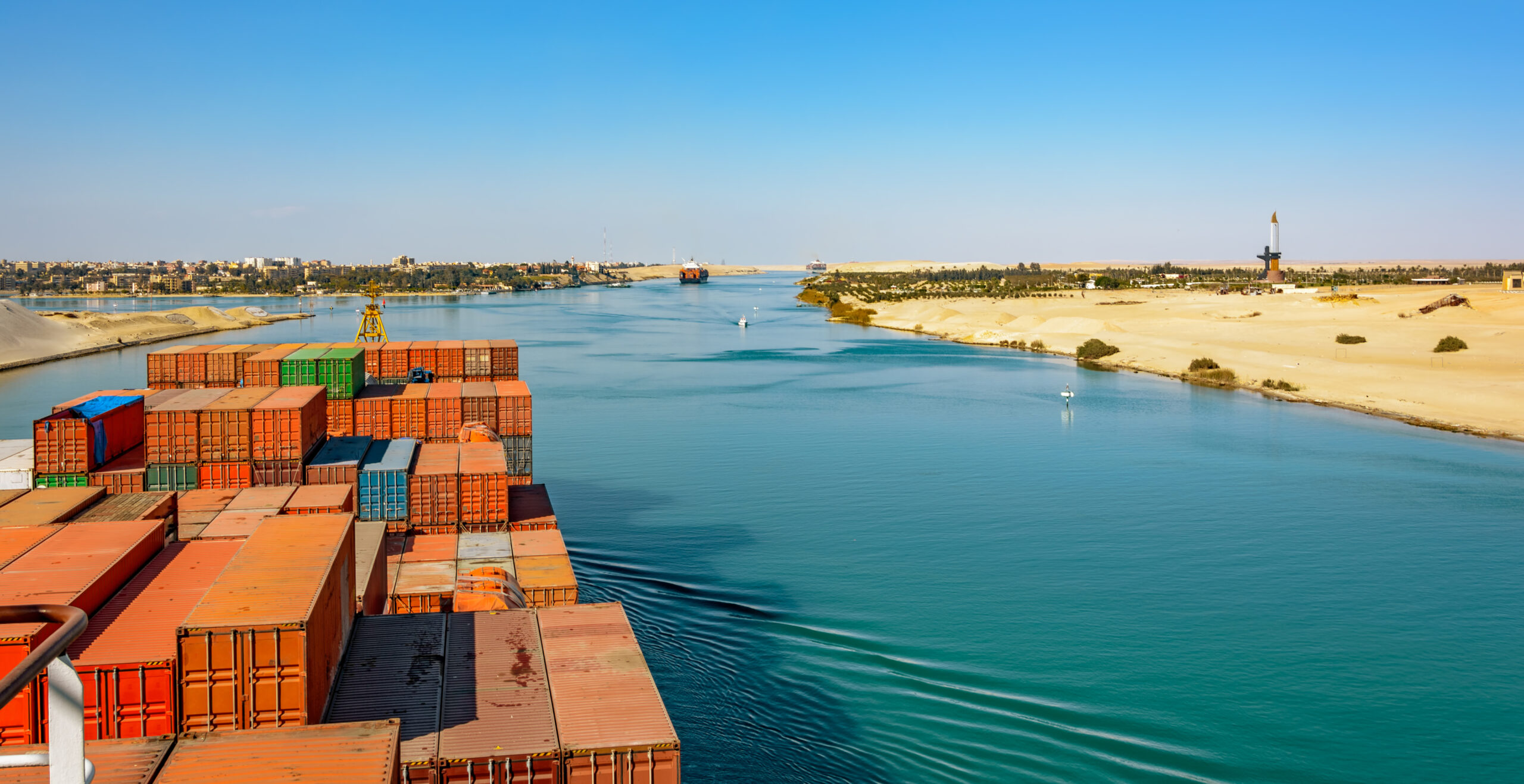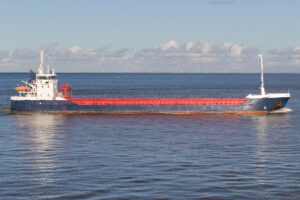
Denmark-based research and analysis specialist Sea‑Intelligence reported that has released the latest edition, issue 152, of the Global Liner Performance (GLP) report, with schedule reliability figures up to and including March 2024.
The report of the data analysis firm encompasses schedule reliability across 34 different trade lanes and over 60 carriers.
As round-Africa routings return to normal and carriers’ service networks stabilise, schedule reliability has started to improve.
In March 2024, the figure rose by 1.6 percentage points month-on-month (M/M) reaching 54.6%.
However, as Sea‑Intelligence explains “reliability is still not on par with pre-crisis.”
On a year-on-year (Y/Y) level, schedule reliability in March 2024 decreased by -7.9 percentage points.
The average delay for LATE vessel arrivals decreased by -0.52 days month-on-month (M/M) to 5.03 days, improving marginally over the pre-crisis figure of November 2024.

In March 2024 Wan Hai was the most reliable top-13 carrier with schedule reliability of 59.7%, as Denmark’s research and analysis specialist Sea‑Intelligence claims.
Hapag-Lloyd and ZIM followed Wan Hai, whilst eight other carriers achieved reliability rates above the 50% mark.
To remind, Hapag-Lloyd climbed in the first place as the most reliable top-13 carrier in the Sea-Intelligence Global Liner Performance report (issue 151) in February 2024, in comparison with the other carriers ONE, CMA CGM, MSC, HMM, Yang Ming, Wan Hai, ZIM, Evergreen, Maersk, OOCL, COSCO, and PIL.
Source: Sea‑Intelligence.



